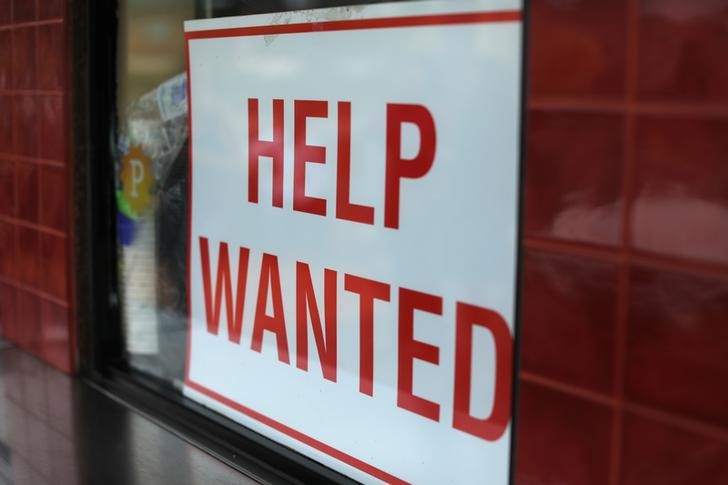* April unemployment rate rises to 5.6 pct, a 9-mth high
* Jobs added 22,600 vs f'cast +20,000; full-time jobs up
* High spare capacity means RBA on hold for a long time
(Adds market reax in para 7, analyst comment in paras 10-12, 16)
By Swati Pandey
SYDNEY, May 17 (Reuters) - Australia's jobless rate rose to a nine-month high of 5.6 percent in April as more people looked for work, but the number of employed beat expectations as more full-time jobs were added.
Thursday's figures from the Australian Bureau of Statistics showed the unemployment rate at the highest since last July.
It has remained between 5.4 percent and 5.6 percent for almost a year even as annual job growth accelerates at 2.7 percent, more than one-and-a-half times the U.S. pace of job creation of 1.6 percent.
The participation rate climbed to 65.6 percent in April, near levels seen in early 2011, as more women entered the labour force.
Overall, 22,600 net new jobs were added in April, topping forecasts of 20,000 and a remarkable improvement on the unexpectedly weak results of February and March. break-down of April series was encouraging too, with full-time jobs up 32,700 compared with a fall of 25,100 in March.
That led the Aussie dollar AUD=D4 higher at $0.7543, well above a recent 11-month trough of $0.7413.
The strength of employment has been one of the brightest parts of the economy but the Reserve Bank of Australia (RBA) is awaiting a steady decline in the jobless rate and a revival in wage growth before considering an end to its easy policy.
Interest rates have been on hold at record lows 1.5 percent since August 2016.
"The labour market was always set to cool after a strong 2017," said Sarah Hunter, head of Macroeconomics at BIS Oxford Economics. Employment rose by a brisk 3.4 percent in 2017.
"We expect jobs growth to remain somewhat subdued for the rest of this year at least," Hunter added.
"This will keep a lid on wages growth and price inflation, and will keep the RBA on the sidelines until at least the December quarter 2019."
Data out on Wednesday showed annual wage growth was a feeble 2.1 percent in the March quarter, half the rate enjoyed by workers during the decade-long mining boom that began in the early 2000s. of people are still looking for work, keeping wage growth subdued.
The underutilisation rate, which includes the unemployed and those who want to work more hours, is close to 14 percent compared to 8 in the United States.
Wage pressures in the United States have not picked up despite the lower underutilisation rate, and many economists say that might be the case in Australia, too.
"We expect the wage growth will remain below 2.5 percent throughout this year and next," said Kate Hickie, Sydney-based economist at Capital Economics.
RBA Governor Philip Lowe recently told lawmakers that average wage annual increases need to be around 3.5 percent to achieve average inflation of 2.5 percent - the midpoint of its long-term target band.
